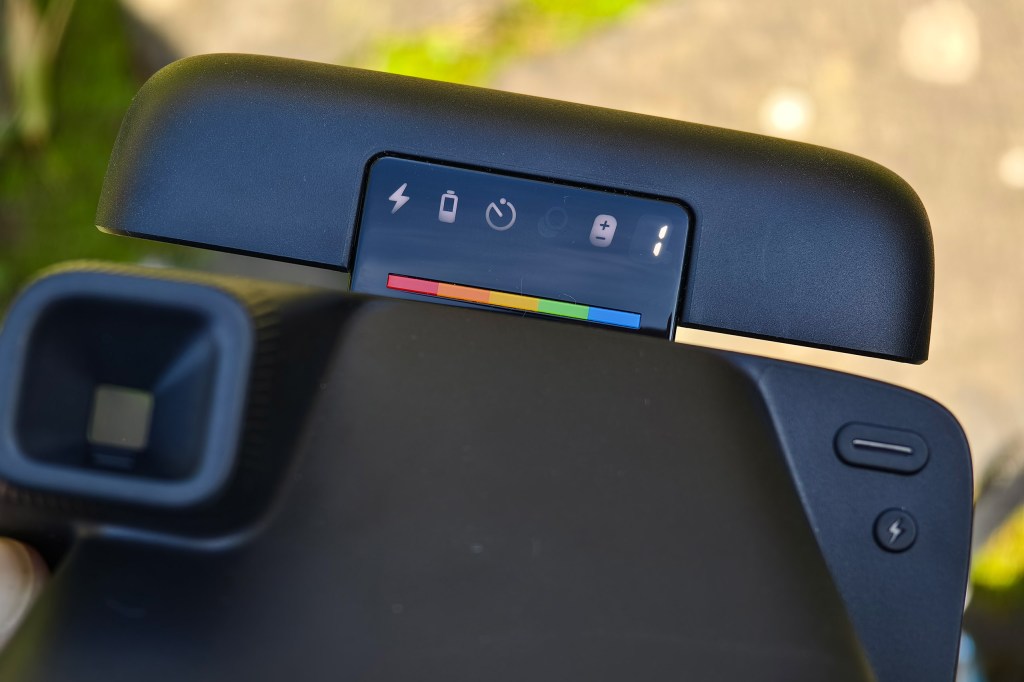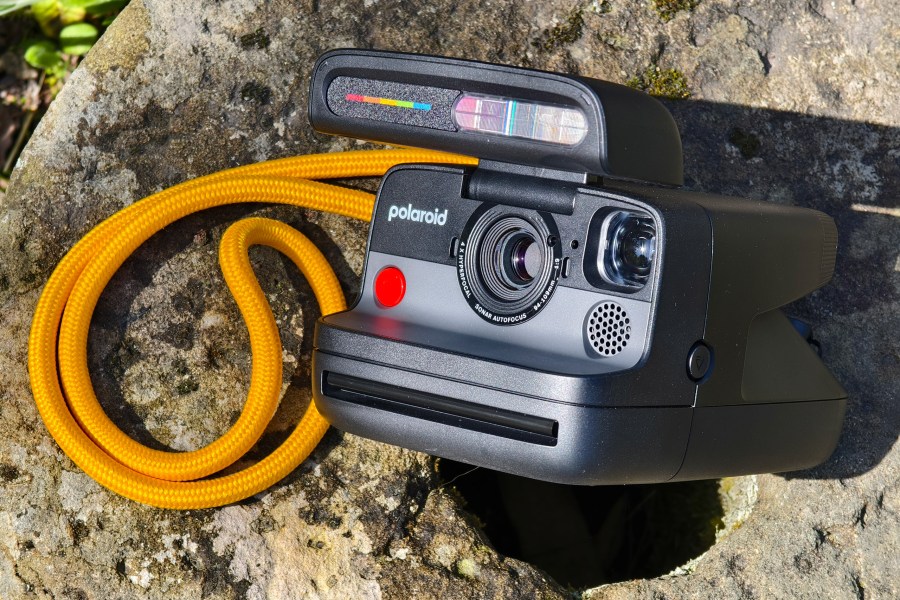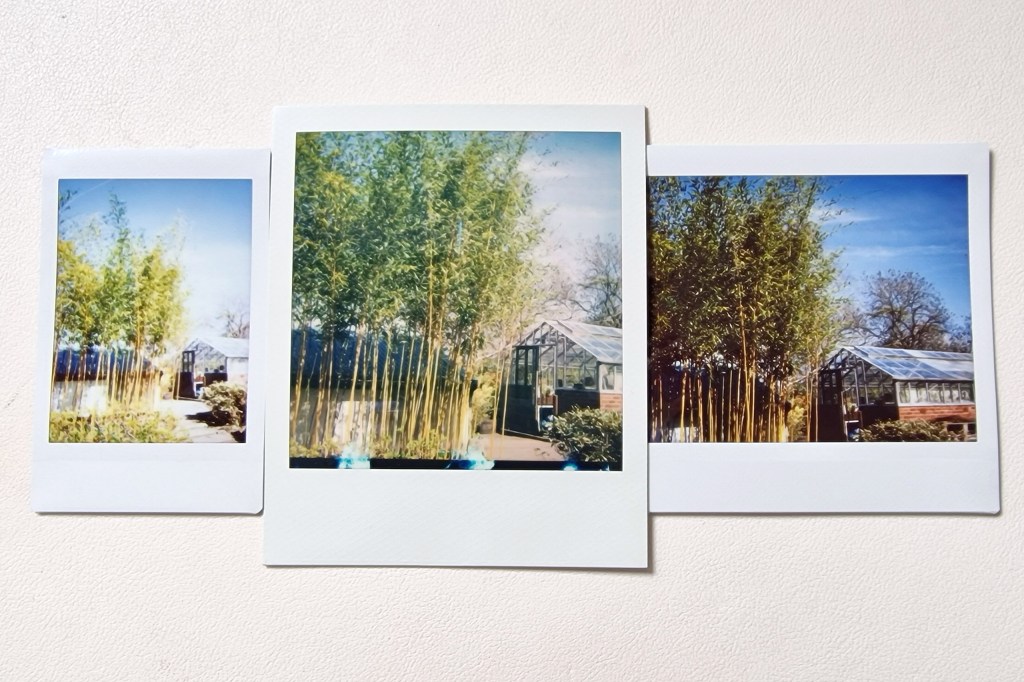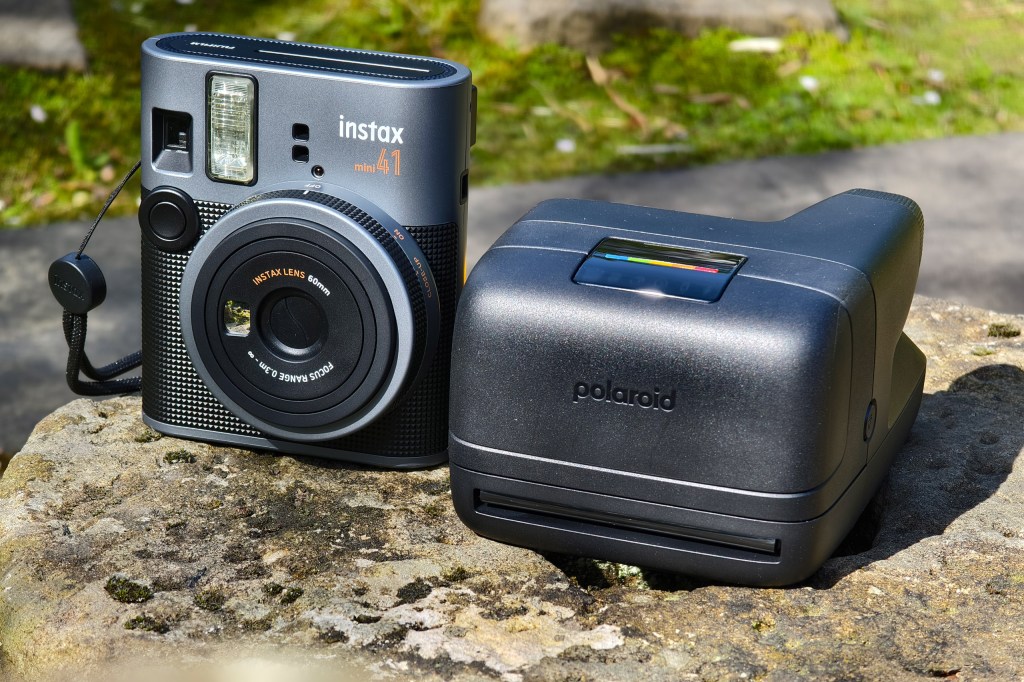Amateur Photographer verdict
The Polaroid Flip is a great new instant camera, I just wish I could trust the film a little but more.- Impressively compact package considering print size
- Auto-focus / zone focusing
- USB charging
- Self-timer, exposure comp, double-exposure
- Some film errors (lost 2 photos out of 16)
- Slower developing than Instax
- Only 8 photos in a pack
- Expensive film
The new Polaroid Flip Instant Camera offers auto-focus (4-zone focus), self-timer, exposure compensation, as well as additional shooting features that can be activated from a mobile phone app. It’s priced at $199/£199/€219 and available from May (or earlier direct from Polaroid), but does it do enough to make it onto the list of the best instant cameras?
At a glance
- 1/200s to 30s, plus Bulb shutter speeds available
- 90-110mm lens, F/8.5 – f/66.6 aperture
- Four hyperfocal focus zone – closest 40cm (autofocus using ultra sonic sensor)
- Mode, and Flash buttons
- Modes: Self-timer, Double exposure, Exposure compensation
- Works with 600 film and I-Type Film
- USB charging, Bluetooth smartphone connectivity
- Available in black or black/white/orange colourways
Features
The lens is marked as 90-110mm, with an F9 aperture, the focal length changes based on the focus distance, and the aperture can vary between f/8.5 to f/66.6 as needed.
It’s an analogue instant camera that uses Polaroid 600 and i-Type film, which will normally set you back about $17.99 / £16.99 for a pack of just 8 shots. This is roughly twice the price of Instax film, which tends to be around this price for a pack of 20 (two packs of 10).
Shooting features can be controlled using the two buttons on the back of the camera, without the need to connect the camera to your phone. Press the top longer [MODE] button, and you can switch the self-timer on/off, and if you hold this button you can adjust the exposure compensation. If you double-tap the mode button, you can enter the multi-exposure mode, which lets you take two exposures on the same photo. The flash button lets you switch the flash on and off.

USB charging should be good for 15 packs of film (giving a total of 120 shots). The battery is built-in to the camera, but is designed to be user-replaceable in future.
The display shows the current settings, as well as a battery life indicator which will flash when the battery is low. You’ll also find a counter showing how many shots you have left. Use them wisely.
You can use the Polaroid app, but if you want to keep everything analogue, you can of course use the camera without any involvement with modern technology.
Performance
Indoors I got some shots that were under-exposed when using flash, which is a shame considering the promise of Polaroid’s brightest ever flash. Outdoors the results were quite pleasing, if a little under-exposed at times.
However, slightly under-exposed is definitely preferable to over-exposed shots (which we got when using the Fujifilm Instax Mini 41). Shots from the Fujifilm Instax Wide 210 gave us some of the most consistent results, but if you want more features, then the Polaroid Flip does offer more.
With zone focusing we got some nicely blurred background, as well as some nice colours. A little less contrast and more subtle tones are on offer when compared to Instax Wide film, and for some this will be preferable. Two photos stuck together resulting in two failed photos, which was disappointing and hopefully isn’t a common problem.
Value for money
With a price of $199/£199/€219, the Polaroid Flip is more expensive than Polaroid’s entry-level cameras, which start at roughly $130/£120, but the Flip offers a stylish design and a range of features and controls, as well as using large Polaroid film. In comparison a Fujifilm Instax Mini 99 with more controls is priced at roughly $160, albeit with much smaller film. For large film, there’s the Fujifilm Instax Wide 400 priced at roughly $150 / £130, but doesn’t feature much in the way of controls. Another value factor is the price of Polaroid film, which is over double the price of Instax Wide film.
Verdict
The Polaroid Flip is a fun new camera, with some nice results produced. Whilst the colour isn’t as saturated or contrasty as Fujifilm Instax film, the results are pleasing, and exposure seemed more reliable than the Instax Mini camera I was using at the same time. If you can stomach the price of Polaroid film and prefer it to Instax Wide film, then the Polaroid Flip is a really nice camera to use. It’s a shame that two shots were lost, especially considering the cost of film.














